Bernadette Brennan on 'The Children's Bach' by Helen Garner for Reading Australia
‘For our house is our corner of our world … If we look at it intimately, the humblest dwelling has beauty.’
Gaston Bachelard, The Poetics of Space (1958)
Houses, and their domestic spaces of intimacy and negotiation, sit at the core of Helen Garner’s early fiction. Most often they are large, communal houses in Melbourne’s Carlton or Fitzroy, places where a generation of youngish countercultural musicians, artists, and wounded souls challenge the accepted rules of sexual relationships and attempt to redefine what might constitute family. In the kitchens and bedrooms of Monkey Grip (1977), Honour and Other People’s Children (1980), and Cosmo Cosmolino (1992), Garner’s characters wrestle with their passions and ideals. The new patterns of living that they establish offer, particularly for the women, a sense of liberating possibility beyond marriage and childrearing, but that freedom is coupled with compromise and loss. In The Children’s Bach (1984), Garner shifts her focus to the suburban household of a married couple. In this novella, she both critiques and celebrates the burdens of responsibility and commitment.
The critically acclaimed Monkey Grip had drawn fire from a raft of (largely male) critics, who railed against Garner’s style and subject matter. She was pilloried for working from her journal and for writing from a female perspective about private matters: emotions, sex, interior lives. Following the publication of Honour and Other People’s Children, she was again criticised for focusing on domestic situations rather than ‘larger areas of the normal’. Indeed, Anne Summers was bored by Garner’s ‘fine-etching of the emotions, without reference to any external events’, wishing instead that she would ‘open the front door and move out a little into the world’. In The Children’s Bach, Garner burrows deeply into the domestic space of the Fox family’s home, before throwing the doors wide open to the destabilising influences of the world beyond. The house itself becomes almost porous, a membrane through which various characters pass. Yet something solid remains at its core.
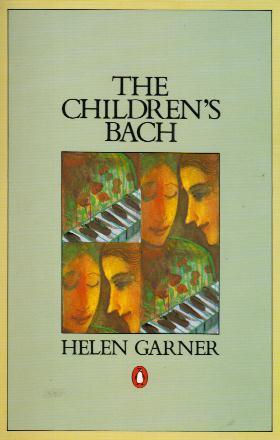 The Children's Bach (Penguin first edition, 1986)
The Children's Bach (Penguin first edition, 1986)
Buy this bookDexter Fox is a principled, gregarious, opinionated man. He and his wife Athena are lovers and friends. They live a fairly mundane, contented life in Bunker Street caring for their two sons, Arthur and Billy. Billy has a form of autism, which places an added burden on family relations. Until Dexter’s old friend Elizabeth and her lover Philip come into their life, the Foxes remain quarantined from the underworld, or the other world, of nightclubs, drugs, and extramarital sex. Athena runs a fairly peaceful, functioning household. She washes, cleans, irons, and gossips contentedly with friends, but she is suffocating in a house whose doors are never locked. She fantasises about escape (yet even in those fantasies she dreams of the fabulous curtains she would sew).
In the novella’s extraordinary opening paragraph, Garner describes a photograph of Lord Alfred Tennyson and his family. In a 1993 interview, she admitted to having found this photograph well into her research and being struck by the body language of the subjects. The photograph seemed to echo her concerns. Here was a confident patriarch, his seemingly subservient wife and two sons, one with a distant, contrary perspective. So, on one level, the dynamics of this group map nicely onto the Fox family unit. Dexter has stuck this photograph to the kitchen wall. It is tattered and grease-stained, but every time it threatens to slip off the wall completely, ‘someone saves it, someone sticks it back’. From the outset, therefore, Garner suggests that the Fox family, though it may be battered and bruised, will persevere. Her use of this particular photograph, however, is just one of the many shorthand strategies she employs to imbue this novella with depth and complexity.
‘The critically acclaimed Monkey Grip had drawn fire from a raft of (largely male) critics, who railed against Garner’s style and subject matter’
It was Tennyson who wrote ‘The Lady of Shalott’, that great Victorian poem about female entrapment and the sacrifice required of women artists. So at a time when second-wave feminism was enjoying ascendancy in Australia, Garner – through her choice of photograph – invited readers to consider how far women have really progressed since Victorian times. Like Tennyson’s ‘Lady’, Athena tinkers with her art, removed from the outside world. Like Tennyson’s ‘Lady’, she too will be tempted from her isolated, unadventurous existence into a world of risk and uncertainty.
Athena operates as a modern-day ‘Angel in the House’, a term coined by the poet Coventry Patmore (1823–96), to describe women in the Victorian era:
Confined to the home, women were expected to be domestic, innocent, and utterly helpless when matters outside the home were concerned. Not only was the home where women would be protected from the dangers of the outside world, it was also where they could keep their innocence and be a beacon of morality for their husbands.
Dexter insists that Athena is a ‘saint’ and that she is lured away by Philip because she is ‘naïve’. Philip’s daughter Poppy thinks she is ‘perfect’. To Elizabeth’s young sister Vicki, she seems ‘contained, without needs, never restless’. Meanwhile, Athena’s shoulders ‘tremble with holding back’.
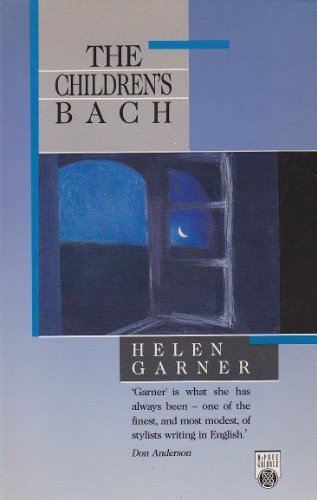 The Children's Bach (Penguin international edition, 1986)
The Children's Bach (Penguin international edition, 1986)
Buy this bookMusic, as language, metaphor, and lived experience, infuses this narrative. Each character has a unique approach to music, in its various forms, which reflects their personality and their relationships with each other. For example, Dexter’s booming ‘dramatic baritone’ demands an audience and dwarfs Athena’s attempt at musical expression. In private she ‘picks away at Bartók’s Mikrokosmos or the easiest of Bach’s Small Preludes’, in turn exhilarated and abashed by her attempts. Garner herself had her first piano lesson when she was forty, a few years before she wrote The Children’s Bach. Speaking to Sue Woolfe and Kate Grenville in 1993, she noted that learning the piano made her aware of ‘the almost moral struggle that playing music entails’.Like Athena, Garner struggled timidly with the piano keys, striving ‘to perceive form, to establish order’. So too in her writing she pares back, edits and structures her narrative so that it reads seamlessly as an easily accessible domestic drama, while offering the reader a deeply textured, powerful consideration of ethical relations. Philip makes this link between writing and music obvious when he advises the young songwriter to ‘Take out the clichés … Just leave in the images … Make gaps … Don’t explain everything. Leave holes. The music will do the rest.’
‘Music, as language, metaphor, and lived experience, infuses this narrative’
The novella’s title is taken from a primer of keyboard music, edited by E. Harold Davies, in whose opening pages we read: ‘Polyphony: which is the combining together of many melodies – requires first and foremost, a sure instinct for each individual part.’ Through short vignettes Garner simultaneously provides access to each character’s thoughts and voice. As Don Anderson has suggested, Garner ‘weaves her characters’ loves and lives together … in a way that Papa Bach would have recognised as contrapuntal’.
Garner has credited the women’s movement for giving her the licence to write about ‘what happens in people’s houses’ rather than more obviously political or historical topics, like ‘The War or that kind of thing: huge subjects, mighty things’. The politics of human, and of gendered, relations informs the drama of The Children’s Bach. Athena, Vicki, Elizabeth, Poppy, and old Mrs Fox represent, in various ways, female experience, opportunity, and expectation. They exist in a world where ‘men fuck girls without loving them. Girls cry in the lavatories’; a world where women are sexually harassed on buses and denigrated through obscene humour. But they also exist in a world – unknown and abhorrent to Dexter – where the ‘rules’ of ‘modern life’ allow them sexual freedom and personal liberty.
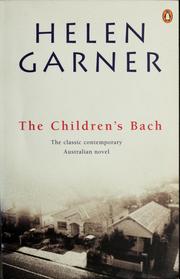 The Children's Bach (Penguin, 1999 edition)
The Children's Bach (Penguin, 1999 edition)
Buy this book
Dexter, for all his old-fashioned ideas and domineering style, is a very likeable character. Indeed, Garner has commented that The Children’s Bach demonstrated a significant change in her writing about relationships between men and women, ‘because there is a male character capable of love, which I hadn’t been able to think about before’. Garner sets up a powerful contrast between the solid, righteous Dexter and the amoral, unreliable Philip. Significantly, both men are caring fathers, but Dexter’s commitment to his wife and children, particularly Billy, contrasts with Philip’s casual availability to Poppy and to women generally. Both men are desirable in very different ways. Ultimately, Athena’s sexual attraction to Philip and the world he represents, cannot be repressed.
In a spare and moving scene, Elizabeth offers Philip to Athena: ‘Their fingers met formally at the high corners of the sheet. Elizabeth’s relinquished, Athena’s accepted. As they folded, as they spoke, the light left the garden.’ With Philip, Athena thinks: ‘Perhaps there was a world where people could act on whims, where deeds could detach themselves cleanly from all notion of consequences.’ And so she abandons Dexter, her sons and her home to go with Philip to Sydney. Yet, in her freedom there is loss: ‘She walks the city feeling like a tourist, aware ‘that the day without duty passes with the slowness of a dream.’ Sydney is represented as a nightmare landscape. Like the family’s pet rabbit, once domesticated Athena cannot survive in the wider world. Dexter follows her and pleads for her to come home, but she is not yet ready. A shattered Dexter returns to Melbourne alone and at the end of a drunken evening makes love to Vicki only to wake up in a blaze of self-disgust. No one, in Garner’s world, is beyond reproach. But neither are they judged.
Marriage, life, and playing music are all complex tasks requiring dedication and hard work. In an early scene where Athena is patronised and humiliated by Dexter and Vicki for her lack of musical talent, Elizabeth remarks: ‘The Children’s Bach. God, listen to this – how pompous. “Bach is never simple, but that is one reason why we should all try to master him.”’ We can substitute ‘life’ and ‘marriage’ for ‘Bach’ in that sentence. Elizabeth exhorts Athena to ‘Show us how you’ve mastered him’, but at that point, she has not.
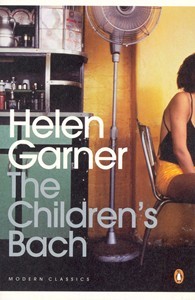 The Children's Bach (Penguin, 2008 edition)
The Children's Bach (Penguin, 2008 edition)
Buy this book
At a time of her choosing, Athena returns to her husband, children and messy home. It is a conscious choice and is a cause for celebration. She sets about restoring domestic order as only she can, finally sitting down at the kitchen table and waiting for her family to come home. Garner concludes the novella with an exceptional sentence in the future continuous tense, a sentence that sweeps up the many fragmentary strands of the novella into a vision of hope. Hope does not, however, translate to facile romanticism. Athena will be reconciled to Dexter, and to life with Dexter, but she will also ‘dream again and again, against her will, of Philip, or rather of not-Philip’. Female desire cannot and should not be quashed. Somehow, Garner suggests, desire needs to be reconciled within a marriage.
Davies’ edited volume of The Children’s Bach (1933) opens with ‘A Song of Resignation’ and closes with ‘A Song of Love’. So too, Garner concludes her novella with a song of love, a song about the complexity of married love and the conscious compromises such a love might entail: both the steady left hand of duty and the soaring right hand of joyous potential:
and Athena will play Bach on the piano, in the empty house, and her left hand will keep up the steady rocking beat, and her right hand will run the arpeggios, will send them flying, will toss handfuls of notes high into the sparkling air!
That final sentence proclaims not only Athena’s growing confidence; it also declares Garner’s assured sense of herself, finally, as a writer.
References
Anderson, Don. ‘A Tale of Modern Love: The Children’s Bach’, Hot Copy: Reading and Writing Now (1986).
Bach, Johann Sebastian. The Children’s Bach. Edited by E. Harold Davies (1933).
Bachelard, Gaston. The Poetics of Space. Translated by Maria Jolas (1992/1958).
Grenville, Kate and Sue Woolfe. Making Stories: How ten Australian novels were written (1993).
Rogers, Shelagh. ‘Interview with Helen Garner’. Australian and New Zealand Studies in Canada Vol.1 (1989).
Summers, Anne. ‘Review of Honour and Other People’s Children’, cited in Anderson.
‘The Angel in the House’, Victorian Poetry, Poetics and Context.




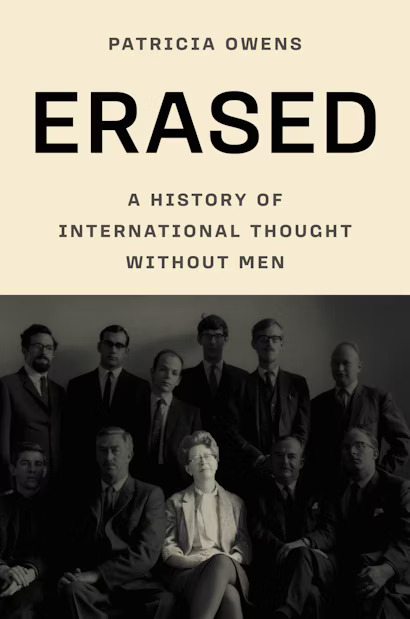
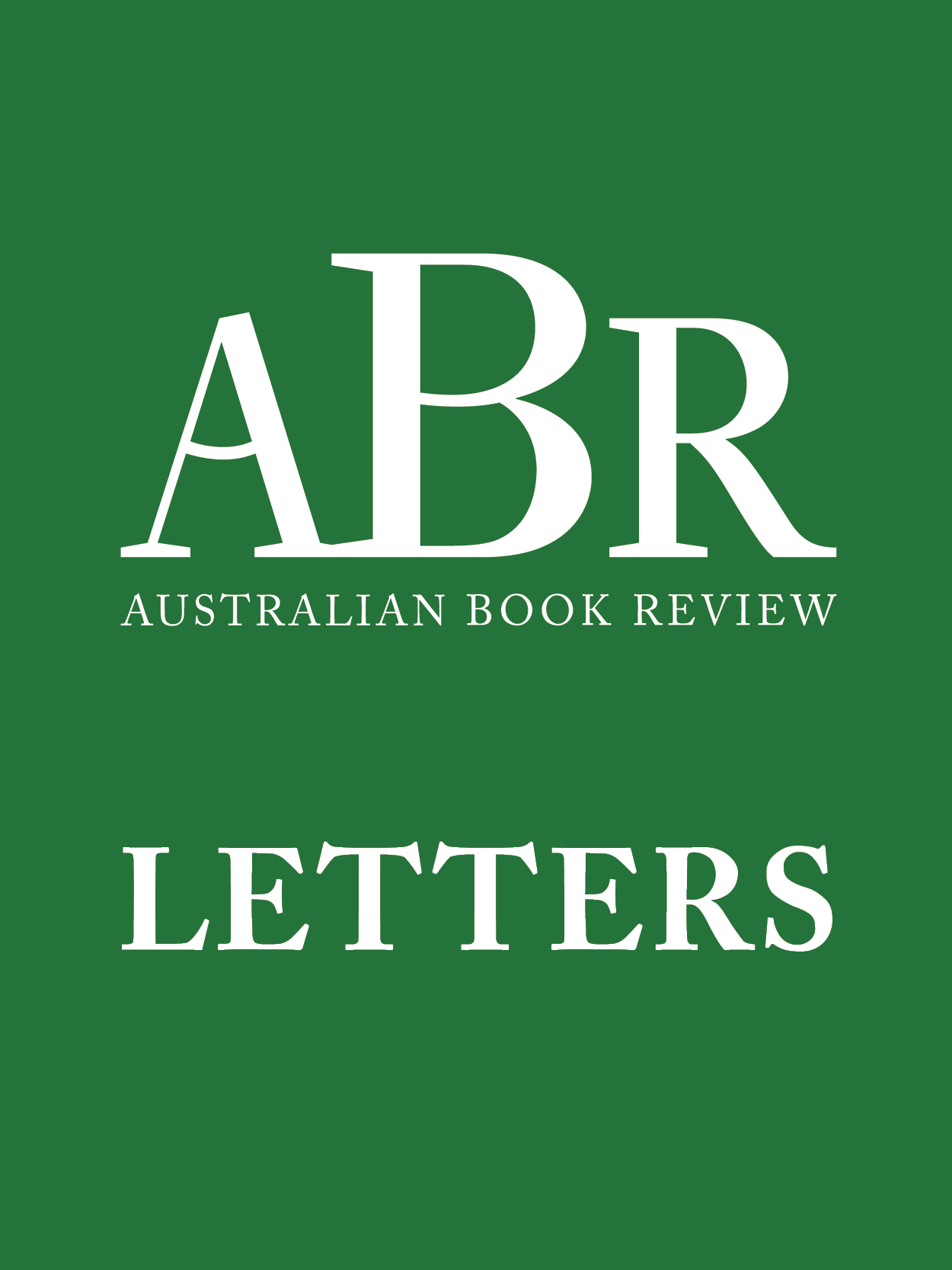
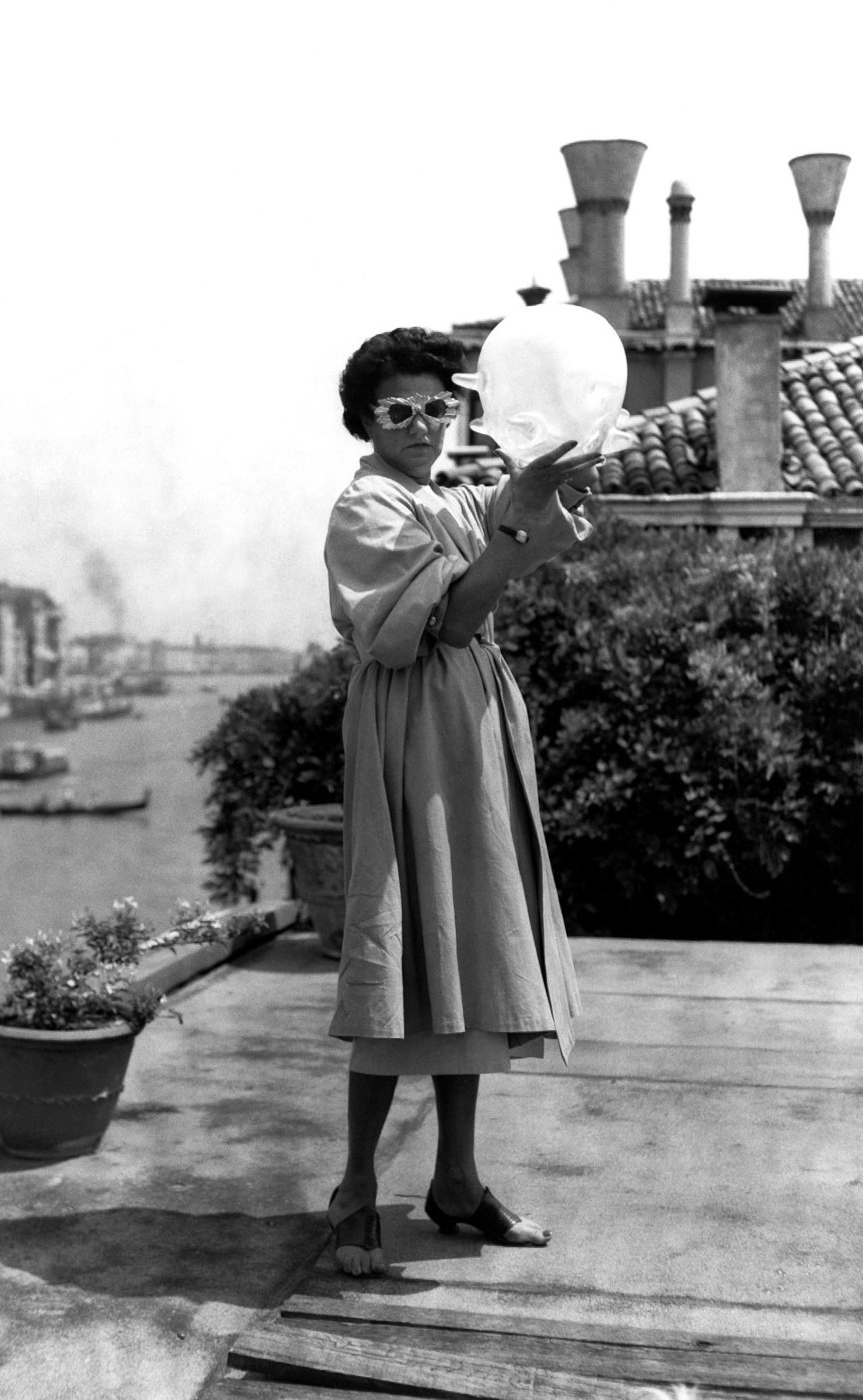
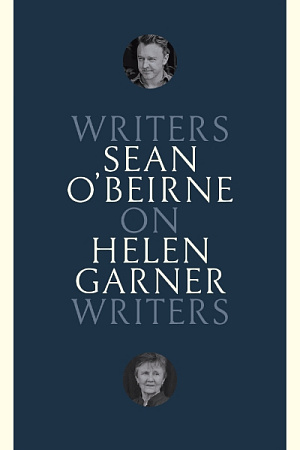
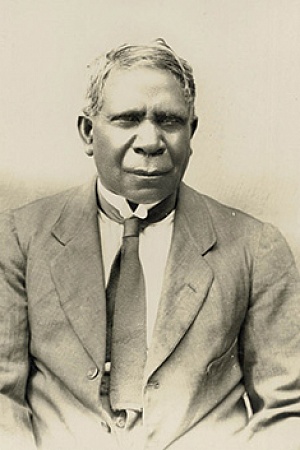
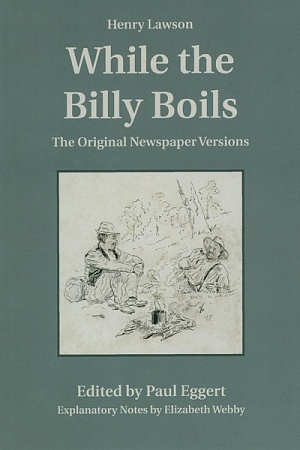

Leave a comment
If you are an ABR subscriber, you will need to sign in to post a comment.
If you have forgotten your sign in details, or if you receive an error message when trying to submit your comment, please email your comment (and the name of the article to which it relates) to ABR Comments. We will review your comment and, subject to approval, we will post it under your name.
Please note that all comments must be approved by ABR and comply with our Terms & Conditions.